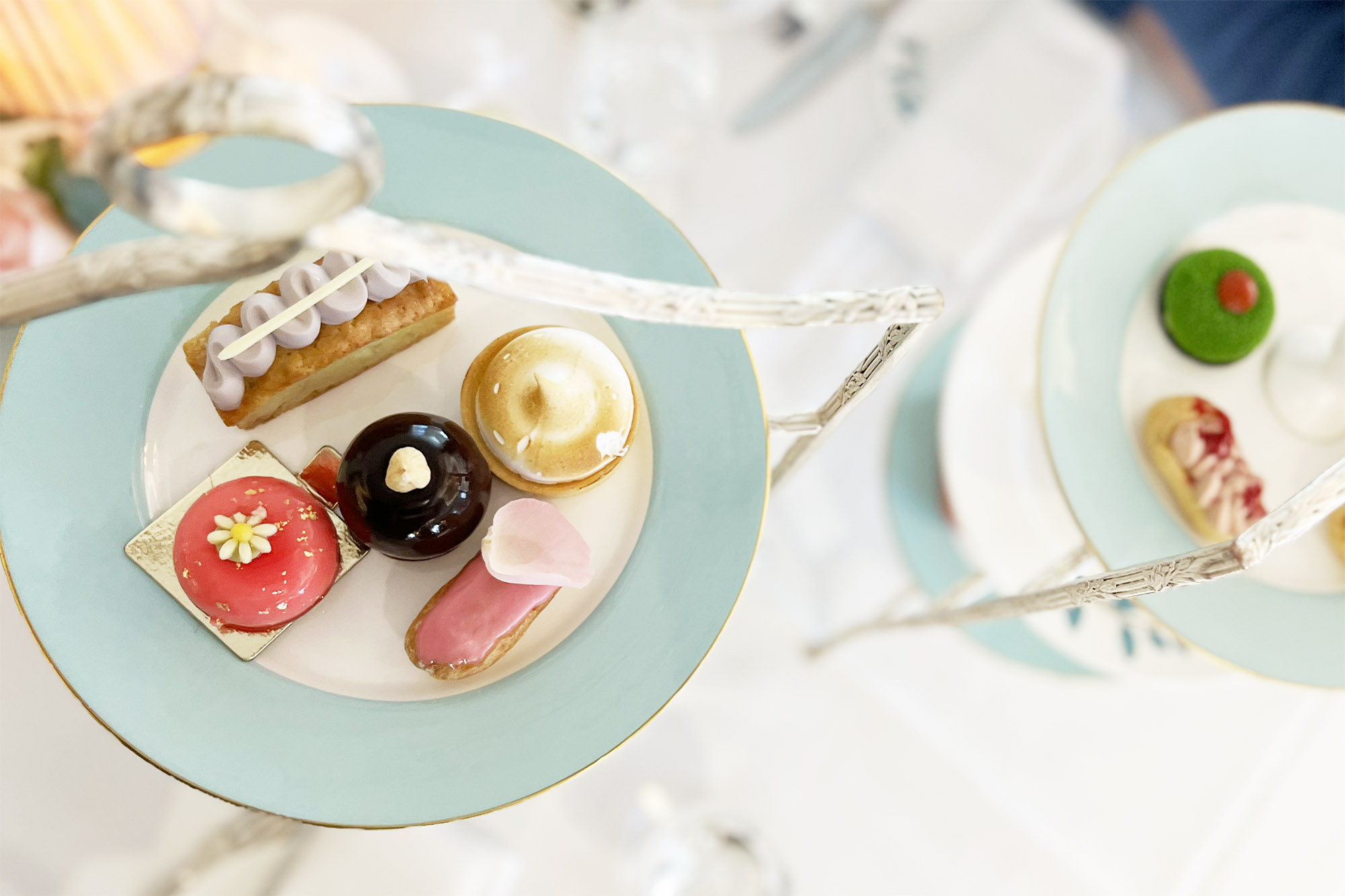
Afternoon tea has this lovely way of feeling indulgent and comforting at the same time. Maybe you’ve seen it in period dramas – porcelain teacups, delicate cakes, and women in elegant dresses, or maybe you’ve even had the pleasure of trying it yourself at a fancy hotel. But what actually is afternoon tea? Who was it originally for, how did it start, and why do people keep confusing it with “high tea”? Let’s clear it up.
The tradition of afternoon tea began in the 1840s, thanks to Anna, the Duchess of Bedford. Back then, lunch was light, dinner was late, and afternoons were long. Anna started asking for tea and a small snack in her room to tide her over. Soon, she began inviting friends to join her, and what started as a practical snack break turned into a fashionable social ritual among the British upper class.
Afternoon tea was very much a ladies’ thing in the beginning. It became a space for women to gather in the late afternoon, chat, and enjoy dainty bites without needing a formal meal. Think high society meets subtle indulgence. Men did join occasionally, especially at bigger events or when it became more public-facing in hotels, but it was largely driven by women’s social circles.
And yes – you’d dress up. Afternoon tea was never just about the food; it was also about being seen. In the 19th and early 20th centuries, women would typically wear long skirts, gloves, and hats. Today, it depends on the setting – some modern venues keep it casual, but at places like The Ritz or Claridge’s, the tradition of dressing up lives on. Smart casual is a safe bet; many women still take it as an opportunity to wear something pretty and polished.
Now, what about “high tea”? That term gets misused a lot, especially outside the UK. High tea was never the posh version of afternoon tea. In fact, it was the opposite: a heartier, more practical evening meal eaten by the working class after a long day. The “high” part refers to the height of the table – a dining table, not a low salon table like you’d find at afternoon tea. Think meats, bread, eggs, not finger sandwiches and petits fours.
Fast forward to today, and afternoon tea is enjoyed all over the world. It’s become an experience more than a meal, something you book, plan around, and dress for. Some of the most iconic places to try it include The Ritz and Fortnum & Mason in London, the Plaza Hotel in New York, the Peninsula in Hong Kong, Raffles in Singapore, and even tea salons in Tokyo and Paris. Each has their own twist on the tradition, but the essentials stay the same: tea, tiers, and time to slow down. So no – afternoon tea isn’t just about the tea. It’s about the pause, the presentation, the sense of occasion. It’s a tradition that’s as much about how you feel as what you’re served.

